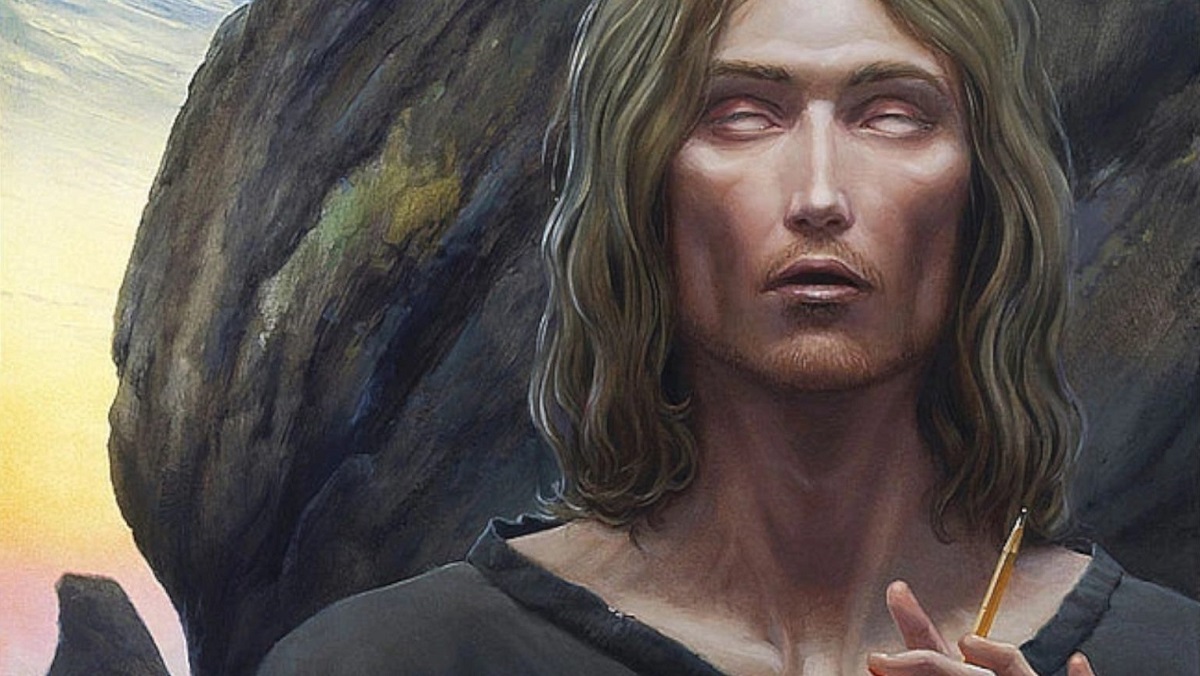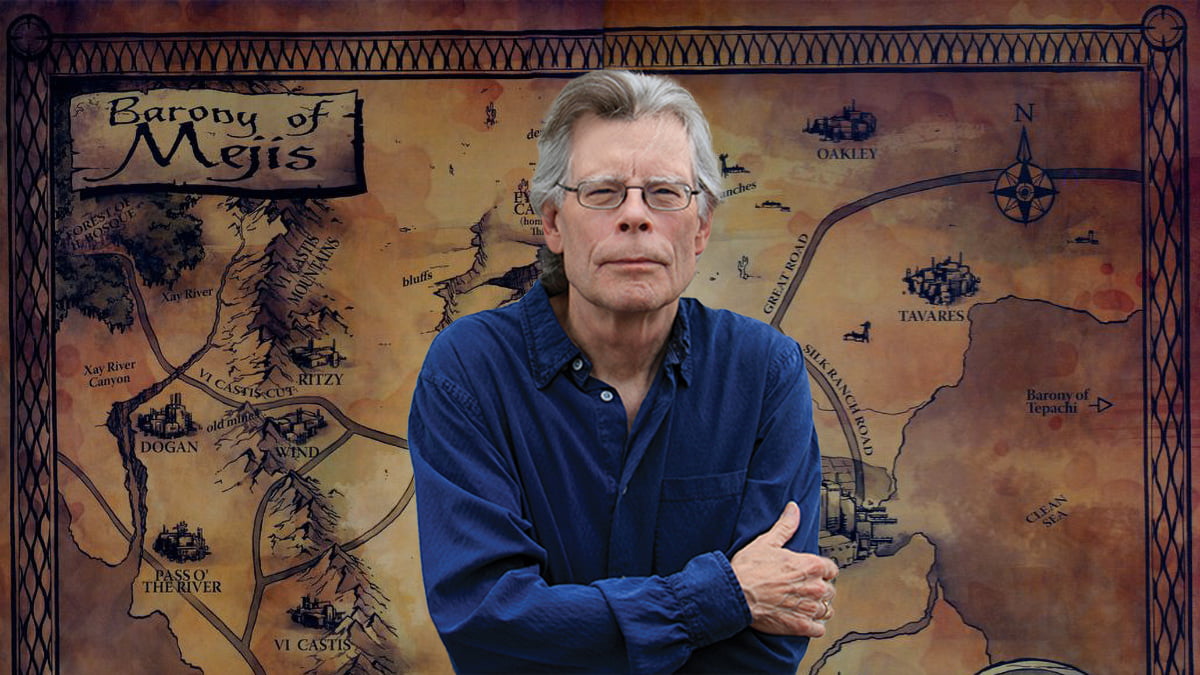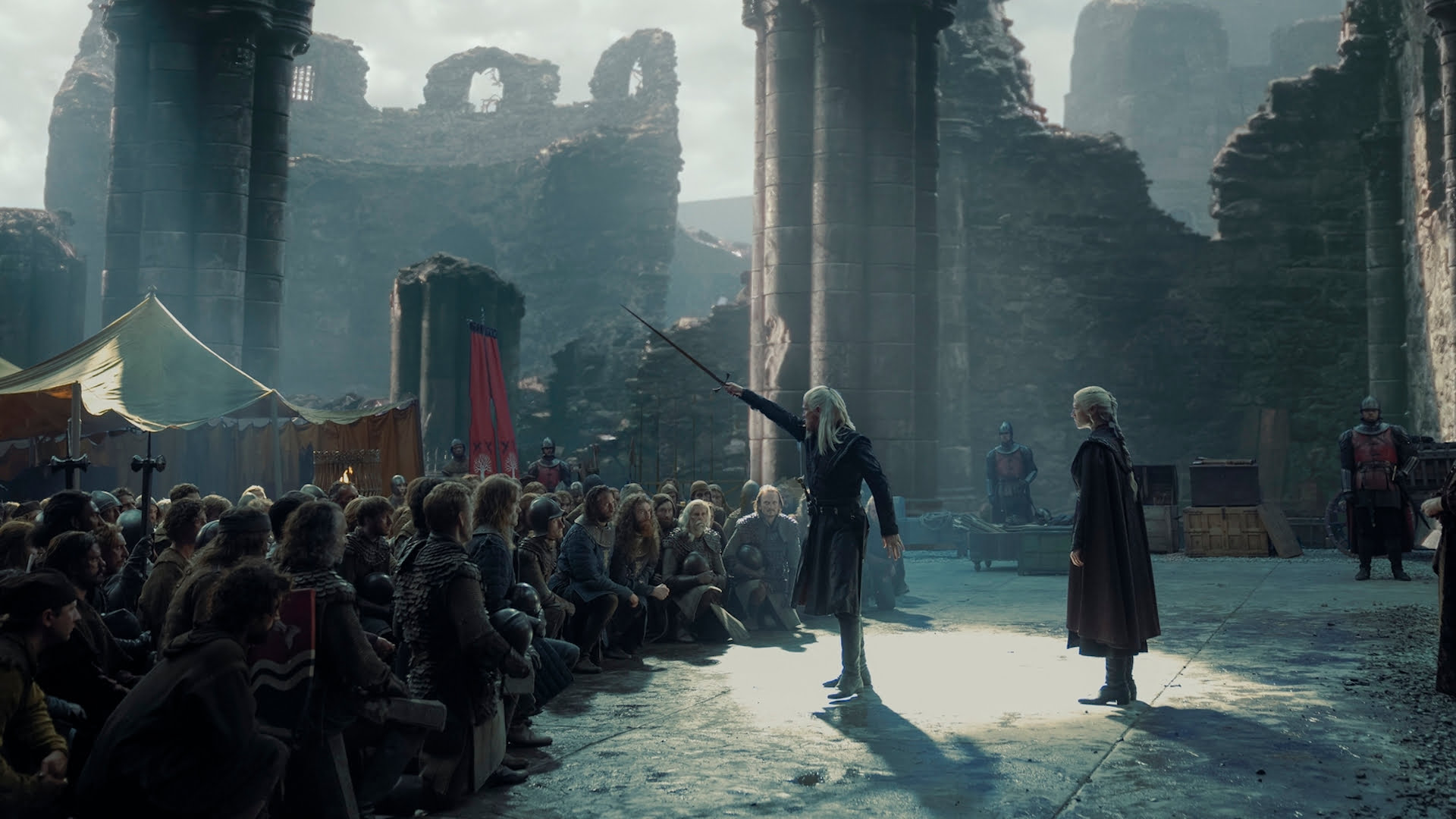Patrick Danville is an important character in the Dark Tower and adjacent novel Insomnia. A young man with extraordinary artistic abilities, his drawings possess a supernatural power, allowing him to alter reality itself—a skill that becomes instrumental in the final stages of Roland Deschain’s quest for the Dark Tower, after Roland and Susannah rescue Patrick from Dandelo‘s basement.
Appearances
- The Dark Tower VII: The Dark Tower – Patrick Danville is introduced as a captive of Dandelo and later plays a critical role in defeating the Crimson King through his reality-altering drawings. He draws a door for Susannah, allowing her to go to a world where Eddie and Jake await her. He draws and then erases most of the Crimson King, removing him from existence — Patrick runs out of eraser and so leaves the King as a floating pair of eyes.
- Insomnia – Patrick Danville is foretold to be a vital figure in Roland Deschain‘s quest for the Dark Tower, with a prophecy revealing that he will save two lives and play a crucial part in preserving the multiverse. The plot of the book revolves around the Crimson King’s attempt to kill Patrick.
Background
As a child, he experienced prophetic dreams of Roland Deschain and the Crimson King, even sketching a vision of them at the Dark Tower in 1993. That same year, his life was saved by Ralph Roberts during a terrorist attack at a Susan Day rally (as seen in Insomnia).
In his adolescence, Patrick’s somehow crossed into All-World and was captured by Dandelo. The vampiric entity imprisoned him in a basement, feeding on his emotions and cutting out his tongue to silence him. Despite his captivity, Patrick retained his extraordinary artistic gift to manipulate the world around him with his art — Dandelo protected himself from Patrick’s abilities by removing the erasers from his pencils.
Physical Description
Patrick Danville was a frail, pale young man, his appearance reflecting the years of deprivation and torment he endured in captivity. His dark, unkempt hair framed a face marked by a quiet intensity, with expressive eyes that seemed to hold a depth of emotion beyond his years. Though his physical frame appeared delicate, his hands were strong and precise thanks to years of drawing.
Personality & Traits
Resilient and introspective, Patrick was shaped by his traumatic experiences and innate artistic sensitivity. He rarely speaks, not only because of his lost tongue but because he prefers to communicate through his art—a reflection of his deeply creative nature. He demonstrates empathy and has a quiet strength; his reserved demeanor gives him an enigmatic air.
Strengths, Weaknesses, and Abilities
Supernatural artistry is at the core of Patrick Danville’s strengths, as his drawings possess the power to alter reality itself. His precision and creativity enable him to erase or manifest elements of existence, abilities that prove vital in the fight against the Crimson King. Both when creating the Unfound Door for Susannah Dean or erasing the Crimson King from existence, Patrick’s art becomes a weapon against chaos and destruction.
However, his abilities come with limitations. Obviously, he cannot create anything he wants, or he almost certainly would have drawn himself a way out of Dandelo’s basement. His powers, while immense, appear conditional. Additionally, the loss of his tongue isolates him, making communication challenging.
Key Relationships
Patrick Danville’s relationship with Roland and Susannah are defined almost completely by gratitude and trust. As his rescuers, Patrick Roland and Susannah form a quick connection to the young artist, and decide to protect him even as they bring him into some degree of danger, as they can tell he will be useful for their mission.
Roland treats Patrick much as he has treated the ka-tet — he clearly cares about the boy, but more important to Roland is his quest for the tower, and he does not hesitate to bring the boy into danger in service of that goal.
Before meeting Roland and Susannah, Patrick endured a harrowing relationship with Dandelo, his captor. The vampiric Dandelo exploited Patrick’s emotions, feeding on his despair and cutting out his tongue to ensure silence.
Role in the Dark Tower Series
Patrick’s impact on The Dark Tower series extends far beyond his brief time with Roland’s ka-tet. His ability to alter reality through art plays a crucial role in the series’ climactic moments, particularly in the defeat of the Crimson King. By erasing the King’s image, Patrick achieves through creativity what violence alone could not, demonstrating the redemptive power of imagination. In that way, Patrick proves that art is not only capable of creation of good, but also of destruction of evil.
Thematically, Patrick represents an alternative to Roland’s relentless pursuit of the Tower. While Roland’s journey is marked by loss and destruction, Patrick’s art offers a quieter path of renewal and transformation.






